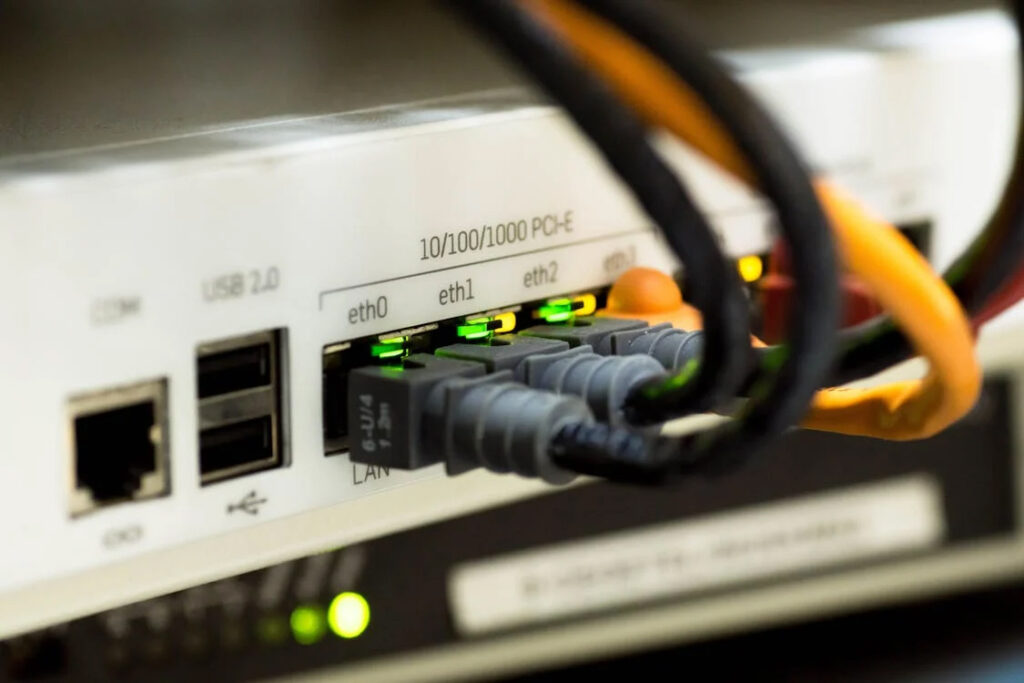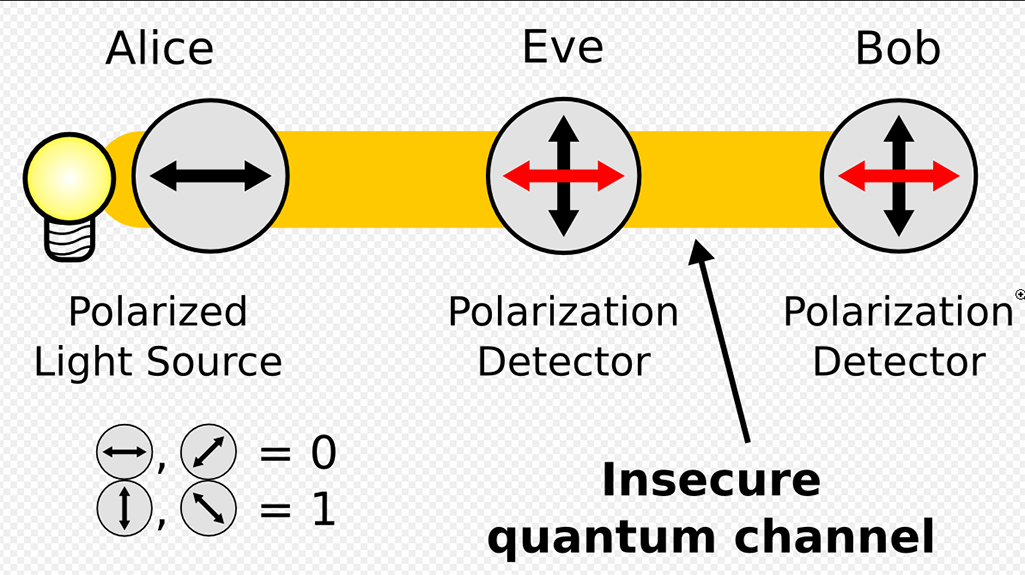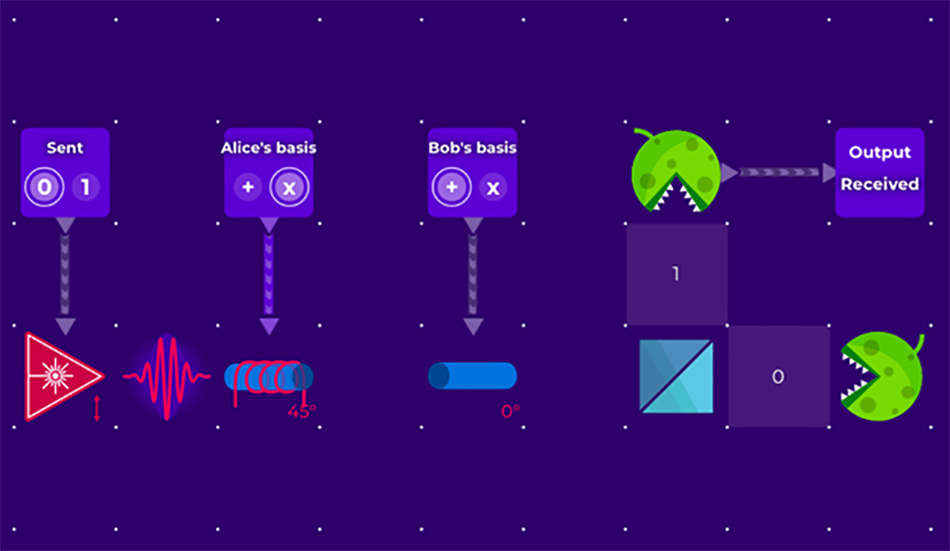Germany Pioneers Secure Quantum Communication: A Step Closer to the Quantum Internet

Quantum technology is transforming how knowledge is shared and safeguarded in a time when data security is first priority. Recent developments in Germany have made it possible for a quantum internet using quantum key distribution (QKD) to provide hitherto unheard-of degrees of security. Using quantum dots as single-photon sources, this creative method allows safe communication across great distances. The discovery, made by a group of experts from esteemed German universities, highlights the possibility of quantum technology to transform safe data transfer going forward.
A Quantum Leap in Communication
The basis of this experiment is the application of quantum key distribution, a technique securing data via quantum mechanical ideas. Rising power of quantum computers makes traditional encryption techniques increasingly susceptible, hence QKD is a required solution. The researchers produced single photons and securely transferred them over a 79-kilometer optical fiber link between Hannover and Braunschweig by using semiconductor quantum dots, sometimes known as artificial atoms. This is the first intercity experiment applying this technology and opens the path for the implementation of the quantum internet.
Why Quantum Dots are a Game Changer
Since they offer a consistent and effective source of single photons, quantum dots constitute a major development in the field of quantum communication. Though they can be designed to fit certain experimental requirements, these semiconductor-based devices resemble atom behavior. Quantum dots provide lower error rates and more precision in photon transmission than conventional weak coherent pulses utilized in other QKD systems. This technical revolution greatly improves the security and stability of quantum communication, hence increasing its feasibility for practical uses including long-distance safe data transfer.
The Niedersachsen Quantum Link

The Niedersachsen Quantum Link, a 79-kilometer optical fiber tying Leibniz University of Hannover to the Physikalisch-Technische Bundesanstalt in Braunschweig, is the core of the experiment. Under this arrangement, single photons are encrypted from Hannover (called Alice) and decoded in Braunschweig (called Bob) via a passive polarization decoder. Setting a global precedent for next quantum networks, this creative arrangement shows the viability of safe, long-distance communication between cities.
Revolutionary Outcomes of the Experiment
The experiment’s main result is its proving of steady and effective quantum communication over large distances. Corresponding to a loss of 28.11 dB, the team effectively attained positive secret key rates (SKRs) at a distance of up to 144 kilometers. Moreover, with an astonishing low quantum bit error ratio, the experiment kept a high-rate secret key transmission over 35 hours. These findings not only exceed current quantum key distribution systems but also show the great possibilities of quantum dots for scaled, practical uses in safe communication.
Germany’s innovative experiment marks a vital first towards the creation of a safe quantum internet. Large-scale, high-capacity quantum communication networks are within reach, the researchers have demonstrated by proving the potential of quantum dots in intercity quantum key distribution. These developments will be crucial in determining the direction of safe data transfer as the science of quantum communication develops, therefore securing private information in an ever digital environment.
